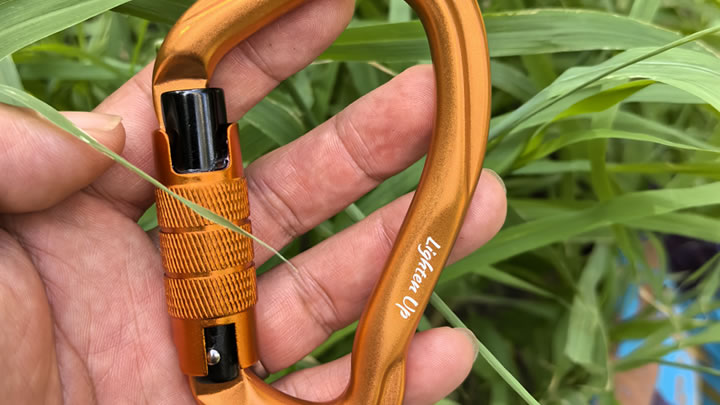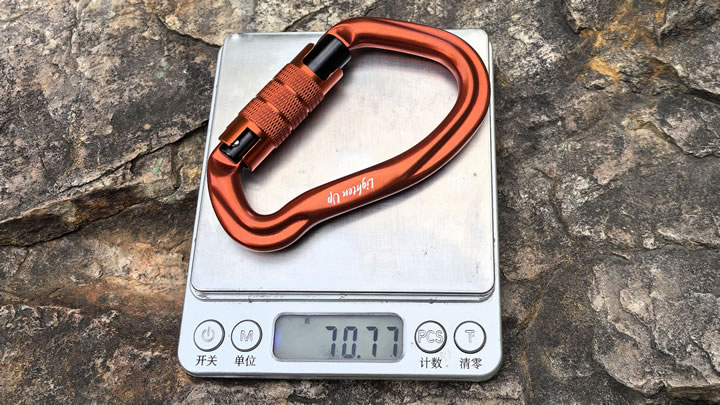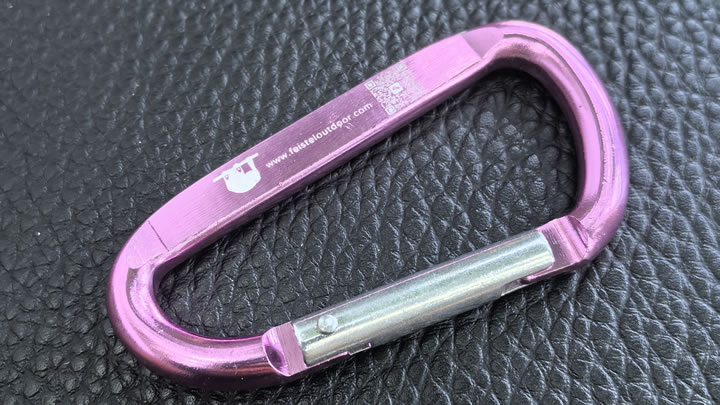What are the best DIY outdoor garden path ideas?
What Are the Best DIY Outdoor Garden Path Ideas? 25 Creative & Budget-Friendly Designs
Transform your backyard with these stunning yet practical DIY garden path ideas that enhance accessibility while adding serious curb appeal. From rustic charm to modern elegance, these projects range from weekend builds to afternoon quick fixes.

Why Install a Garden Path?
- Prevents soil compaction around plant roots
- Creates visual flow through your landscape
- Reduces mud tracking into your home
- Adds property value with professional styling
- Makes maintenance easier with clear access
Top 5 Most Popular DIY Path Materials
- Gravel Pathways (Easiest Installation)Cost: 1-1−3 per sq.ft.Best for: Modern gardens, drainage areasPro Tip: Use landscape fabric underneath to prevent weeds
- Stepping Stone Paths (Most Versatile)Options: Concrete pavers, flagstone, or repurposed materialsDesign Idea: Space stones 6" apart for natural strideBonus: Fill gaps with creeping thyme or moss
- Wood Chip Trails (Most Budget-Friendly)Free option: Check local arborists for free chipsLongevity: Refresh every 2-3 yearsPerfect for: Woodland gardens
- Brick Herringbone (Classic Elegance)Source materials: Reclaimed bricks from demolition sitesInstallation tip: Use sand base for levelingMaintenance: Sweep regularly to prevent moss buildup
- Mosaic Pebble Paths (Artistic Statement)Create patterns: Use different colored stonesBorder ideas: Edge with steel or treated lumberWeatherproof: Seal with concrete stabilizer
Unexpected Creative Ideas
- Wine bottle borders (upside down in soil)
- Salvaged railroad ties (for raised walkways)
- Broken concrete (urban "junkstone" look)
- Pressed leaf imprints (in fresh concrete)
- Glow-in-the-dark stones (for nighttime magic)
Step-by-Step: Building a Basic Gravel Path
1. Mark Your Route
- Use garden hose to outline curves
- Standard width: 36" for main paths, 18" for secondary
2. Prepare the Base
- Excavate 4-6" depth
- Compact soil with tamper
- Add 2" layer of crushed stone
3. Install Edging
- Options: Steel, plastic, or pressure-treated wood
- Secure with landscape spikes
4. Add Gravel
- 1.5" depth of pea gravel or crushed granite
- Rake smooth
Pro Tips for Lasting Results
✔ Drainage slope: 2% grade away from structures
✔ Edging matters: Prevents material migration
✔ Lighting: Solar path lights every 4-6 feet
✔ Foot traffic: Wider paths for high-use areas
✔ Local materials: Blends with regional aesthetics
Cost Comparison Chart
| Material | Cost per Sq.Ft. | Difficulty | Lifespan |
|---|---|---|---|
| Mulch | 0.50-0.50−1 | Easy | 2-3 years |
| Gravel | 1-1−3 | Moderate | 5+ years |
| Stepping Stones | 3-3−8 | Hard | 10+ years |
| Brick | 4-4−10 | Expert | 20+ years |
Planting Ideas for Path Borders
- Fragrant edges: Lavender or rosemary
- Soft borders: Liriope or dwarf mondo grass
- Seasonal color: Marigolds or pansies
- Evergreen structure: Boxwood hedges
"We used reclaimed bricks from a 1920s factory to build our path - each piece has history!" - The Garden Historical Society
FAQs
Q: How to prevent weeds between stones?
A: Use polymeric sand or plant low-growing groundcovers
Q: Best material for wheelchair access?
A: Compacted crushed stone or smooth pavers
Q: Can I build directly over grass?
A: Yes, but kill grass first with cardboard/smulch method
#GardenDesign #LandscapingIdeas #DIYPath #OutdoorRenovation #BudgetGardening






